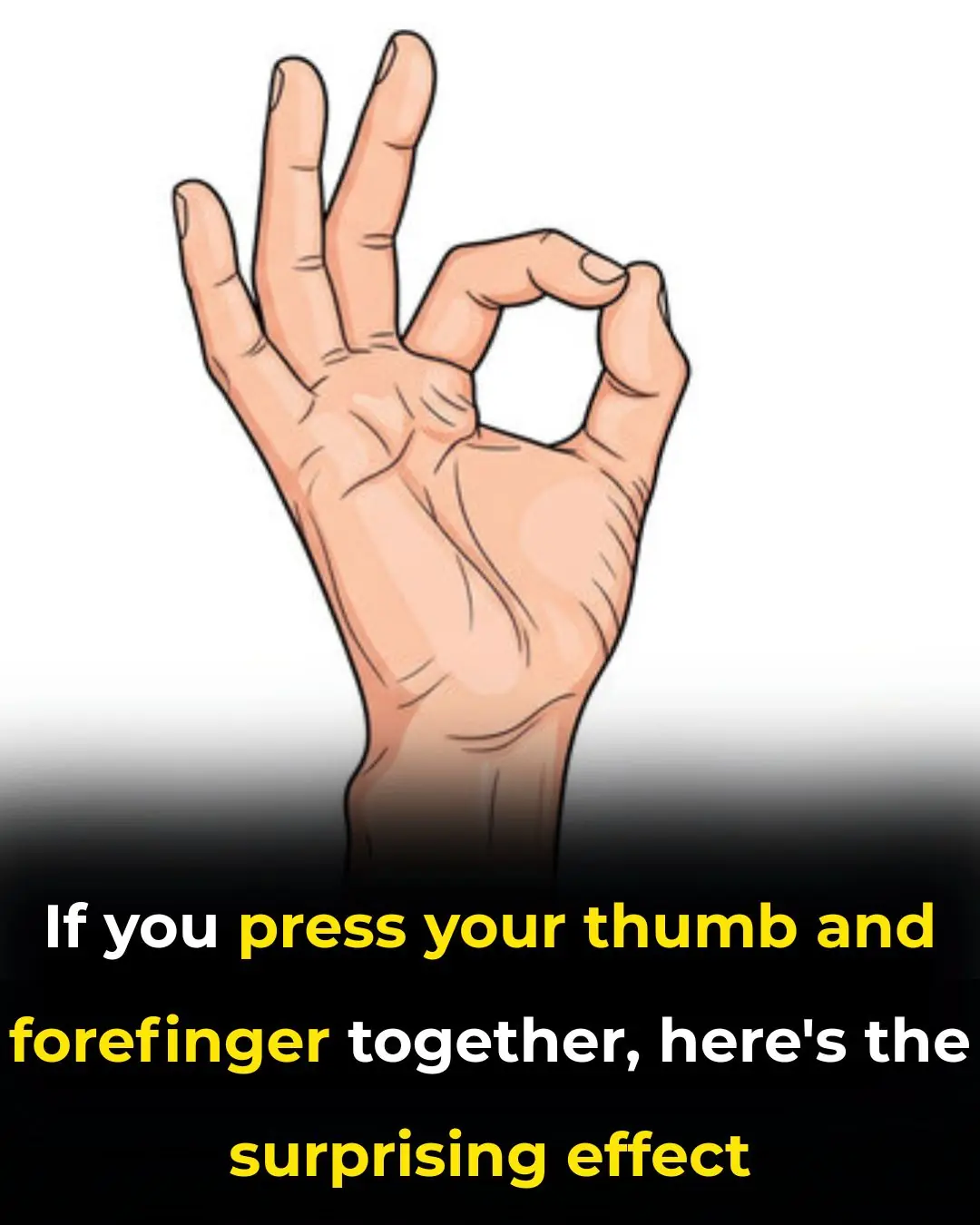
Time Is an Illusion: Quantum Physics Suggests Every Moment Exists at Once

In the enigmatic domain of quantum physics, time may be far stranger than our everyday intuition suggests. Emerging theories in modern physics propose that the past, present, and future might coexist simultaneously, forming a vast and intricate tapestry in which every moment is woven together in a single, timeless structure. Rather than flowing like a river, time may be a dimension we perceive only in fragments—an illusion shaped by the limitations of human consciousness.
Our ordinary understanding treats time as linear, always moving forward from one moment to the next. Yet quantum mechanics offers a remarkably different perspective. In the quantum world, particles can exist in multiple states at the same time, a phenomenon known as superposition. They can instantly “teleport” information across great distances through quantum tunneling, and in certain interpretations, they may even influence events in what we would consider the past. Such counterintuitive behaviors have encouraged physicists to reconsider the basic nature of time itself and to question whether its linear progression is real or merely perceived. Research by physicists such as John Archibald Wheeler and Hugh Everett III has contributed greatly to this exploration, suggesting that reality may be fundamentally non-classical.
A compelling idea arising from this scientific inquiry is the block universe theory, or eternalism—a concept rooted in Einstein’s theory of relativity. In this model, the universe is envisioned as a four-dimensional “block” in which all events—past, present, and future—exist simultaneously. You are not moving through time like a traveler on a road; instead, your mind experiences moment after moment as if flipping through the frames of an already completed film. From this viewpoint, the future is not something waiting to happen—it is already inscribed within the geometric fabric of spacetime. While this does not imply that free will is an illusion, it does suggest that our perception of temporal flow is subjective rather than fundamental. Influential works such as Einstein’s 1920 discussions of relativity and the writings of physicist Hermann Minkowski support the idea that space and time form a unified continuum.
Quantum entanglement provides additional clues that challenge classical notions of time. When two particles become entangled, a change in one affects the other instantaneously, regardless of distance—a phenomenon confirmed experimentally by physicists like Alain Aspect and, more recently, in Nobel Prize–winning work by John F. Clauser, Alain Aspect, and Anton Zeilinger (Nobel Prize in Physics, 2022). This “spooky action at a distance,” as Einstein famously described it, suggests that the universe may be deeply interconnected in ways that ignore classical constraints of time and space. The near-instantaneous correlation between entangled particles implies that time may not act as a fundamental boundary between events, but rather as one layer of a larger, timeless quantum structure.
If these theories hold true, they could revolutionize our understanding of existence. Memories, choices, and even what we think of as destiny might all be embedded within a single, unified quantum reality—a cosmic architecture where every moment is preserved forever and nothing truly disappears. Instead of moving through time, we may be experiencing different parts of an already complete tapestry, one conscious moment at a time.
Time may not be slipping away from us after all. Instead, we might be living within all of it—past, present, and future—right now, intertwined in a reality far more mysterious and expansive than we ever imagined.
News in the same category


Eating More Than One Egg a Week May Slash Alzheimer’s Risk by 47%

CRISPR Breakthrough Offers Hope for a Potential HIV Cure

Four Teens Risk Their Lives to Rescue Elderly Neighbor from Burning Home in Sapulpa

Sugar May Be a Bigger Threat to Heart Health Than Cholesterol, New Study Finds

Beware of the Plastic Bottle Scam

Had no clue about this

For those who sleep with wet hair, you should know that…

Hidden Message Behind Finding a White Feather

Why We Can’t Sleep Without a Blanket Even on Hot Nights

Revolutionary mRNA Therapy Shows Promise in Preventing Pancreatic Cancer Recurrence

MIT Scientists Develop Injectable Gel That Can Fully Repair Nerves and Restore Sensation

A New Era of Computing: China’s Quantum Machine Surpasses the World’s Fastest Supercomputers

Reviving the Brain’s Waste-Clearing Pathways May Reverse Alzheimer’s Damage

New CRISPR Therapy Shows Promise in Removing HIV and Preventing Viral Rebound

Japanese Scientists Develop Drug That Could Regrow Human Teeth

White House Gives Major Update On Donald Trump's

What’s with the white paint on the tree trunks?

If You See A Bent Tree In The Forest, Start Looking Around Immediately
News Post

Top 10 Uric Acid Foods To Avoid If You Have Gout

Belgium’s Floating Algae Mats: A Green Breakthrough in Urban Water Purification

France Reimagines Shelter Boundaries With Community Corn Walls

5 Simple Ways to Remove Rust from Knives – Make Your Dull, Rusty Knife Shiny and Sharp Again

5 Fruits on the ‘Blacklist’ That Can Cause Cancer – Avoid Buying Even If Cheap

“New Research Reveals How Aging Impacts Male Fertility and Sperm Health”

Pork Skin – The Often Overlooked Superfood

Don’t Throw Away Lemon Peels! Use Them for These 8 Household Tasks and Save a Ton of Money

10 surprising ways to use vinegar around the house

Stop eating these 10 things of CRAP

Mix Banana Peels With This and Leave It in a Corner — Roaches Will Disappear Overnight

Discover how eggs support your baby’s brain development — full details in the comments!”

Weak Toilet Flush and No Suction? A Simple Trick From a Professional That Fixes It Instantly

Five “Dirtiest” Parts of the Pig That Butchers Never Take Home for Their Own Families

Blueberries: A Powerful Daily Boost for Heart Health

The Whole Family of Three Was Diagnosed With Thyroid Nodules; the Mother Collapsed: “I Thought Those Two Things Were Always Good to Eat and Could Prevent Cancer”

Motherhood Rewires the Brain: Why Postpartum Recovery Takes Years, Not Weeks

Eating More Than One Egg a Week May Slash Alzheimer’s Risk by 47%

CRISPR Breakthrough Offers Hope for a Potential HIV Cure
